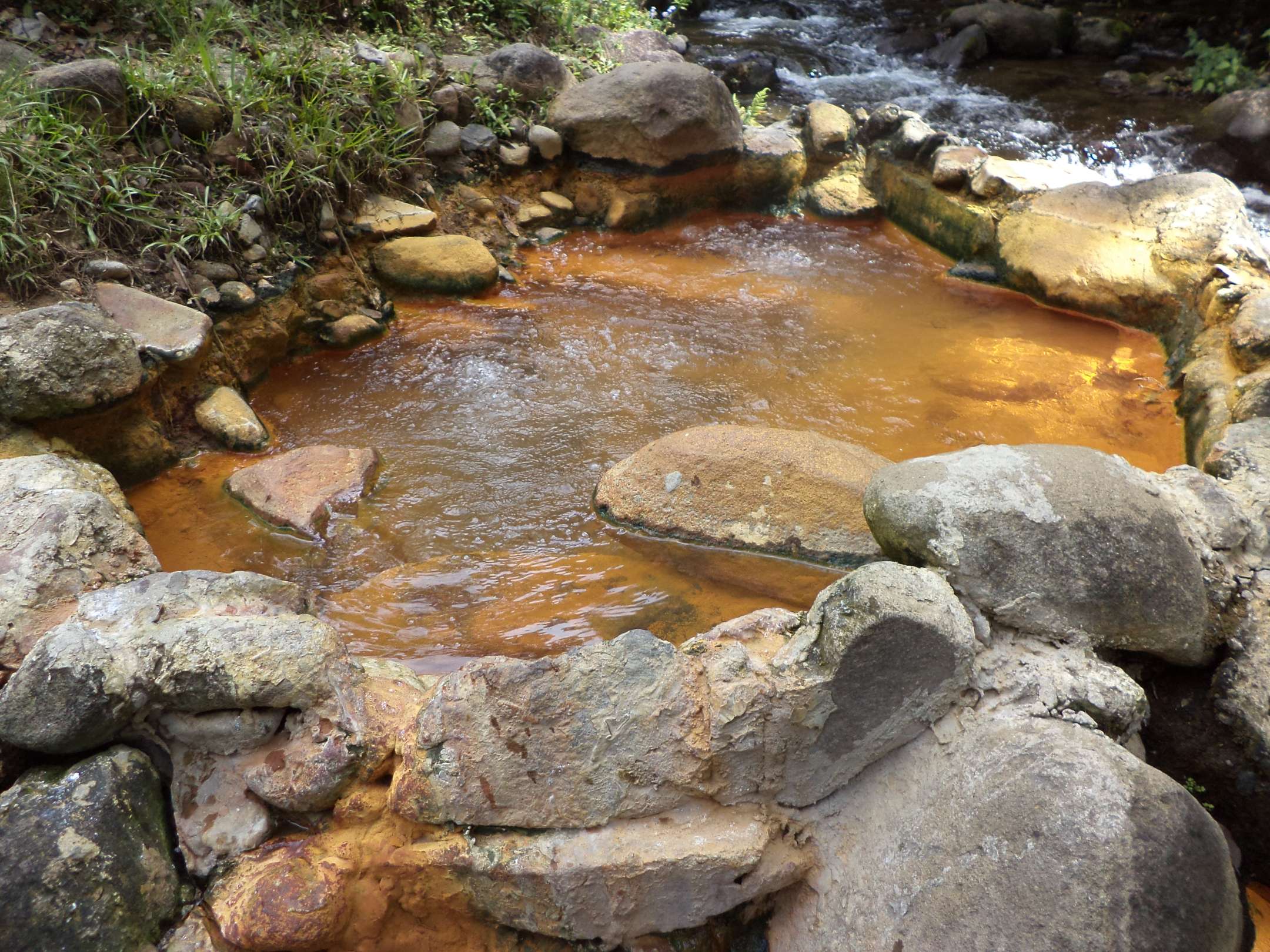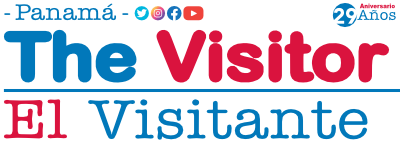At a little more than 1 hour from David City, among the valleys of the Central Mountain Range, with dozens of waterfalls, forested ravines and thousands of wild flowers is Volcan, a town with its own charm.
Nature in the Heights
The volcano has an elevation between 1,300 and 1,500 meters above sea level in populated areas, it is located on the slopes of the nearby, often surrounded by clouds, the Baru volcano, the highest peak in Panama, at 3,475 meters (11,460 feet) above sea level. This beautiful town, in the midst of drizzle and mist, offers a wide range of natural attractions.
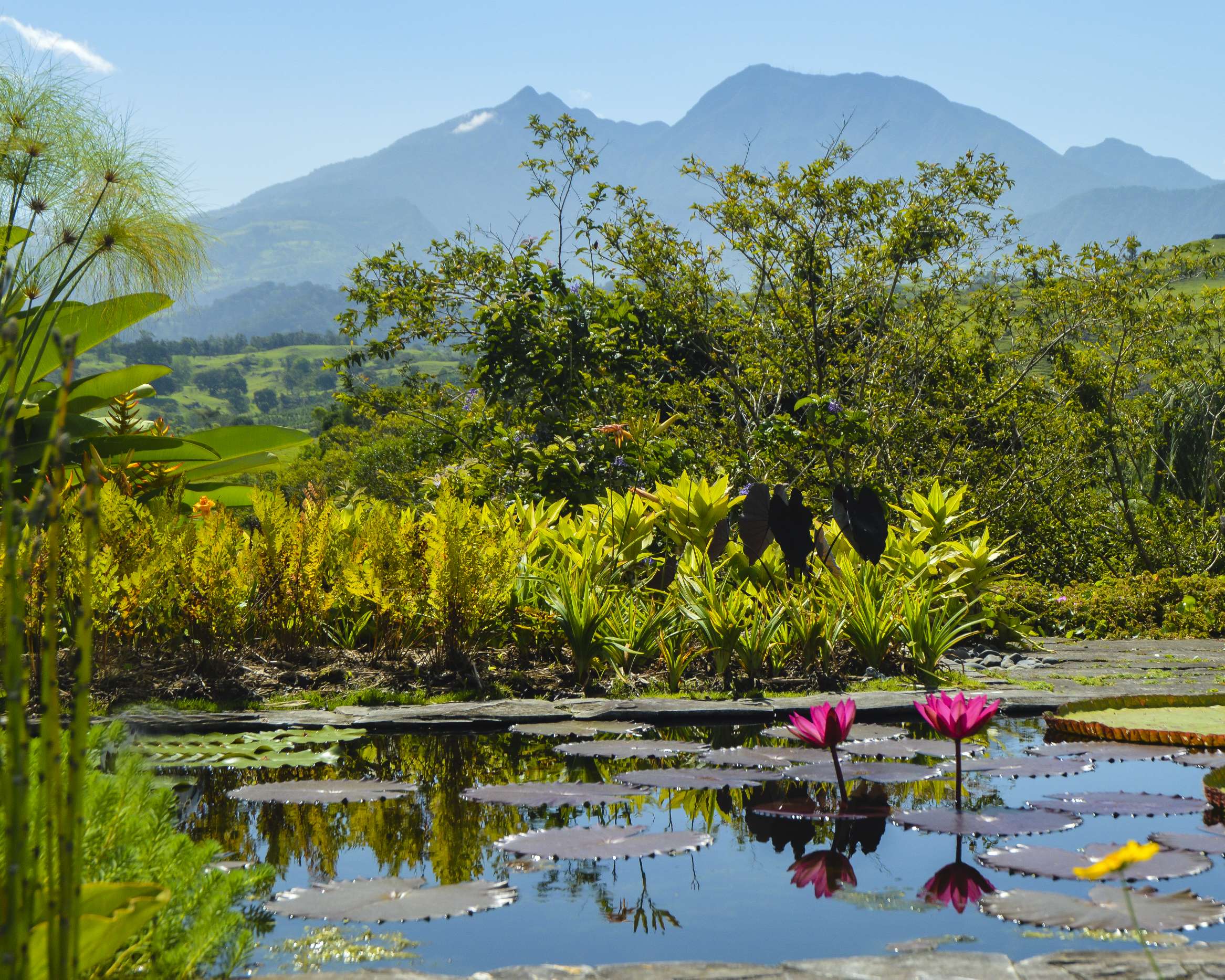
This destination within the Chiriqui Highlands is known as “little Switzerland”, since many houses and haciendas are built in the Swiss style. This is because Swiss settlers arrived in this mountain paradise long before the road to Volcan was opened. Its climate and natural beauty transcended so much that in a short time later the Yugoslavs and Germans followed.
Parque Internacional La Amistad
This park is located within Volcan with a 14,325 hectares area. It is a scenic complex of high ecological and geological value that protects a biological diversity with unique species in this area. Within this Park, the scenarios range from high-altitude tropical rain forest landscapes to others formed by the last eruption of the Baru volcano millions of years ago. This combination of forests and volcano is nuanced with the agricultural activities typical of the highlands with a pleasant climate of up to 14°C.
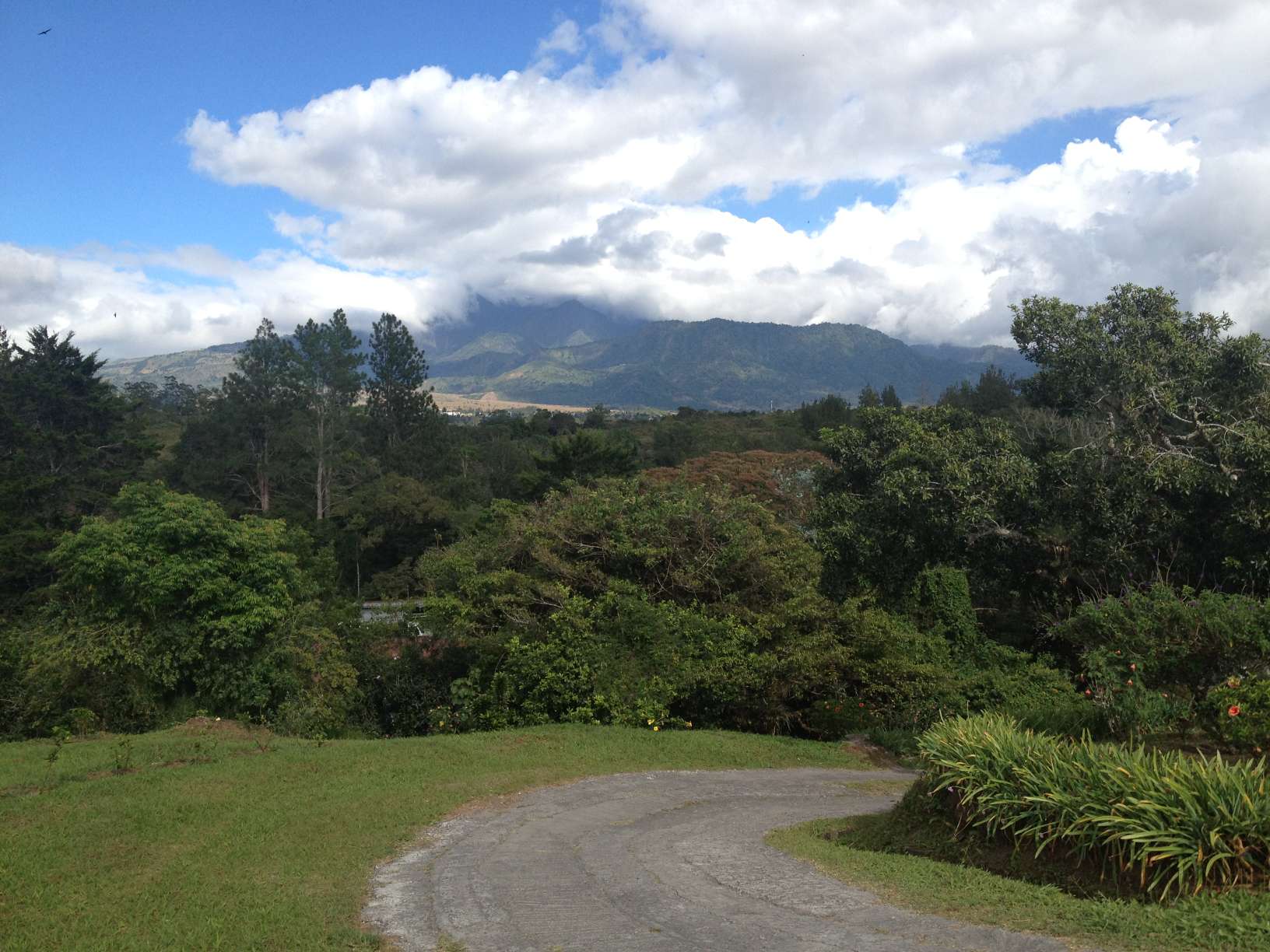
A History Related to Horses
The first settlers dedicated themselves to livestock, coffee cultivation and the installation of sawmills. At the end of the 1920s, these lands were known as “Los Llanos de Volcan”, owned by the Duncan and Lambert families, where there was only one wooden house that functioned as a local post office. However, on December 29, 1928, the National Assembly of Panama, through Law Number 121, authorized the Executive Power to expropriate 500 hectares (200 hectares of the Lagunas de Volcan for the creation of a National Forest and 300 hectares for the creation from a population located north of Las Lagunas). In its beginnings it was called “Hato Volcan” because in this valley lived a herd of horses that were the dominant species in this region. These wild horses routinely traveled the region from the northeast on the slopes of Volcan Baru with a route to the southwest in the Lagunas de Volcan. Until July 1, 2017 it was part of the district of Bugaba, when the district of Tierras Altas was created and the Volcan sector was separated into the regions of Volcan, Cuesta de Piedra and New California.
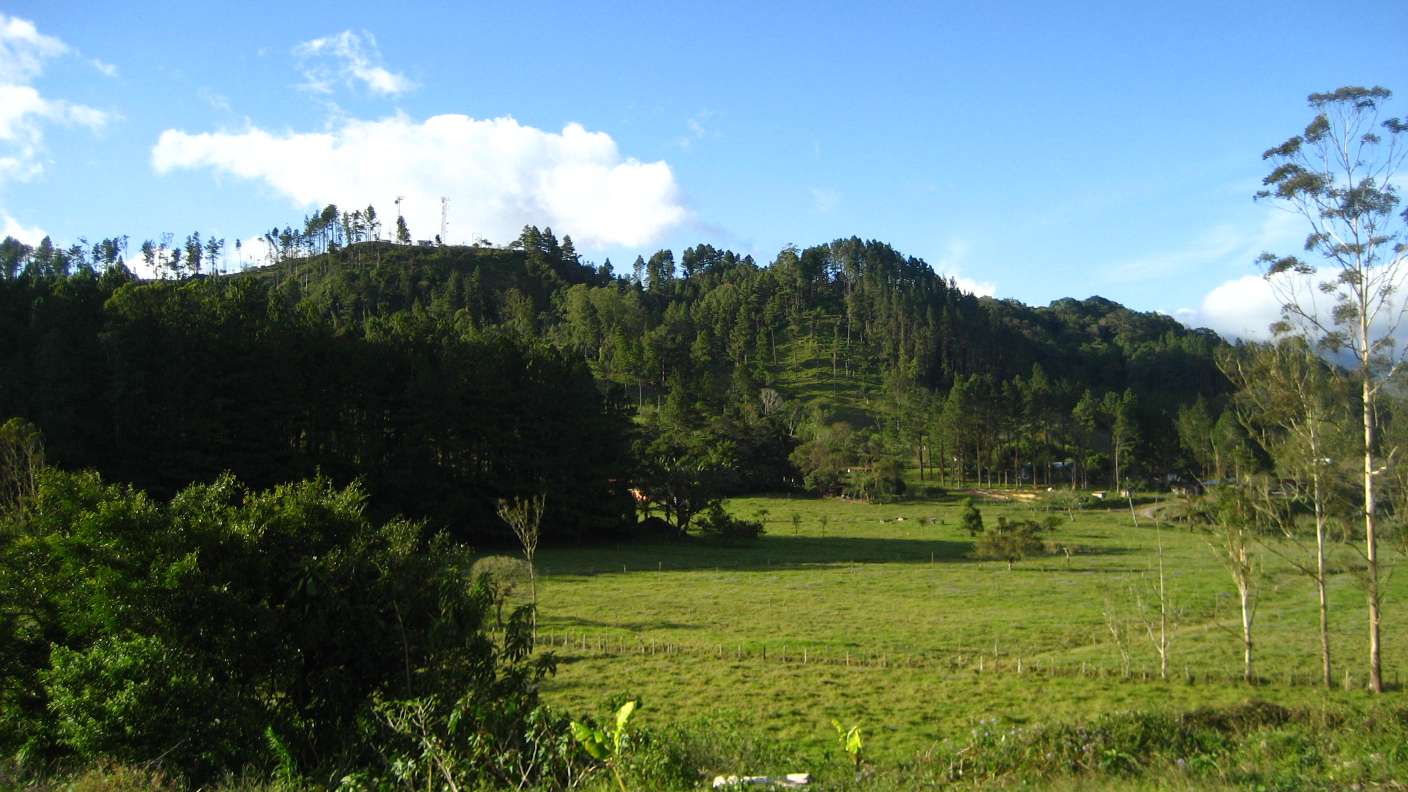
A Region Full of Ecosystems
The Baru volcano and Highlands (including Volcan) are home to 5 different ecosystems thanks to a combination of mountainous regions of tropical jungle, as well as the consequences of volcanic eruptions that occurred millions of years ago. Thanks to the volcanic soil in the area, the internationally recognized Geisha coffee is produced. This premium coffee is grown at high altitudes and is one of the most expensive coffee varieties in the world.
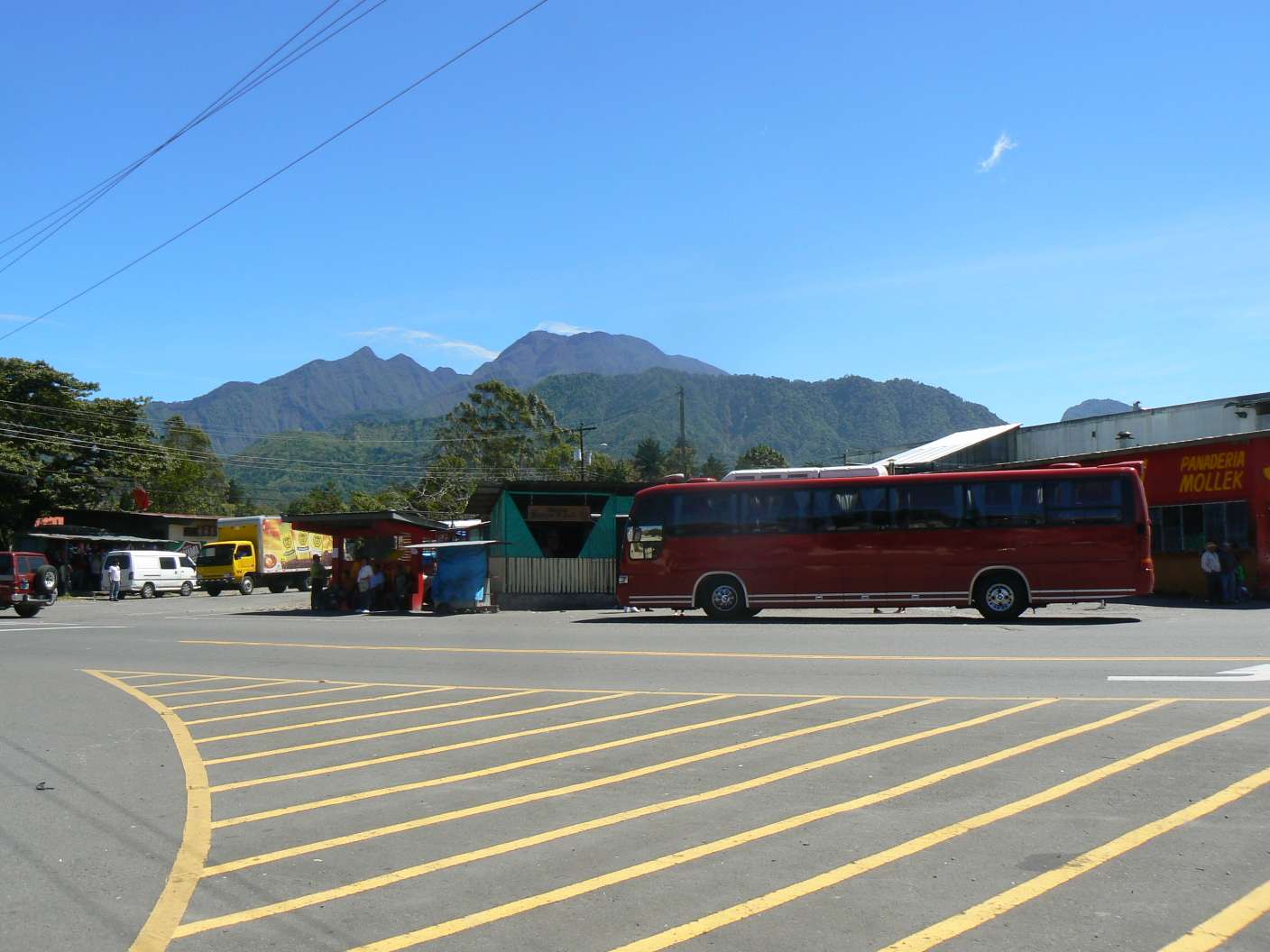
The Volcano Lagoon
For those looking for a pleasant experience with nature and beautiful landscapes, the Lagunas de Volcan is a place that must be visited. The Janson Family has kept this magical place in excellent condition to accommodate visitors since it is located within their property. The lagoons of Volcan are accessible by car and it is close to the town of the volcano and activities such as hiking, fishing, bicycle rides, horseback riding, camping and picnics can be carried out.
